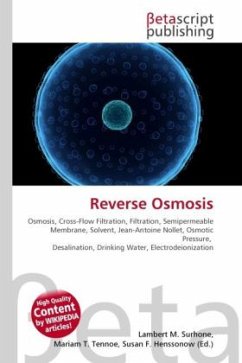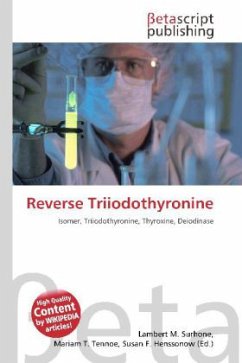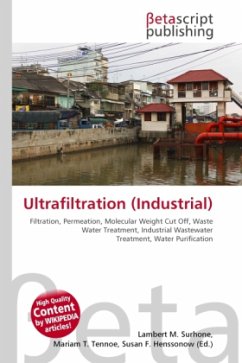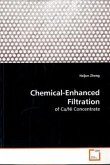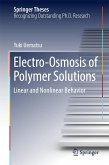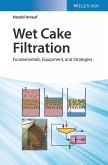High Quality Content by WIKIPEDIA articles! Reverse osmosis is similar to the membrane filtration treatment process. However there are key differences between reverse osmosis and filtration. The predomiReverse osmosis is similar to the membrane filtration treatment process. However there are key differences between reverse osmosis and filtration. The predominant removal mechanism in membrane filtration is straining, or size exclusion, so the process can theoretically achieve perfect exclusion of particles regardless of operational parameters such as influent pressure and concentration. RO (Reverse Osmosis), however involves a diffusive mechanism so that separation efficiency is dependent on influent solute concentration, pressure and water flux rate [1]. It works by using pressure to force a solution through a membrane, retaining the solute on one side and allowing the pure solvent to pass to the other side. This is the reverse of the normal osmosis process, which is the natural movement of solvent from an area of low solute concentration, through a membrane, to an area of high solute concentration when no external pressure is applied.nant removal mechanism in membrane filtration is straining, or size exclusion, so the process can theoretically achieve perfect exclusion of particles regardless of operational parameters such as influent pressure and concentration. RO (Reverse Osmosis), however involves a diffusive mechanism so that separation efficiency is dependent on influent solute concentration, pressure and water flux rate. It works by using pressure to force a solution through a membrane, retaining the solute on one side and allowing the pure solvent to pass to the other side. This is the reverse of the normal osmosis process, which is the natural movement of solvent from an area of low solute concentration, through a membrane, to an area of high solute concentration when no external pressure is applied.
Bitte wählen Sie Ihr Anliegen aus.
Rechnungen
Retourenschein anfordern
Bestellstatus
Storno

